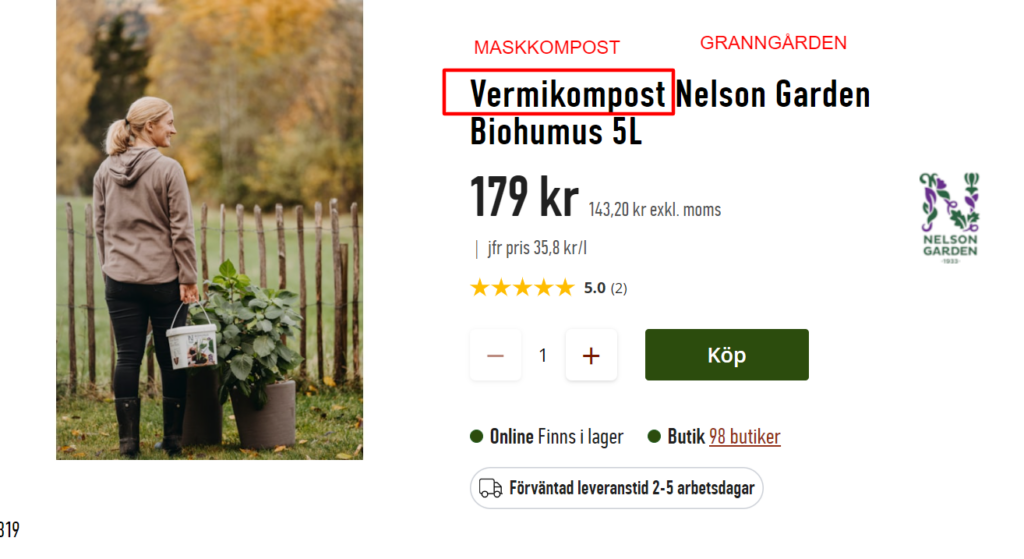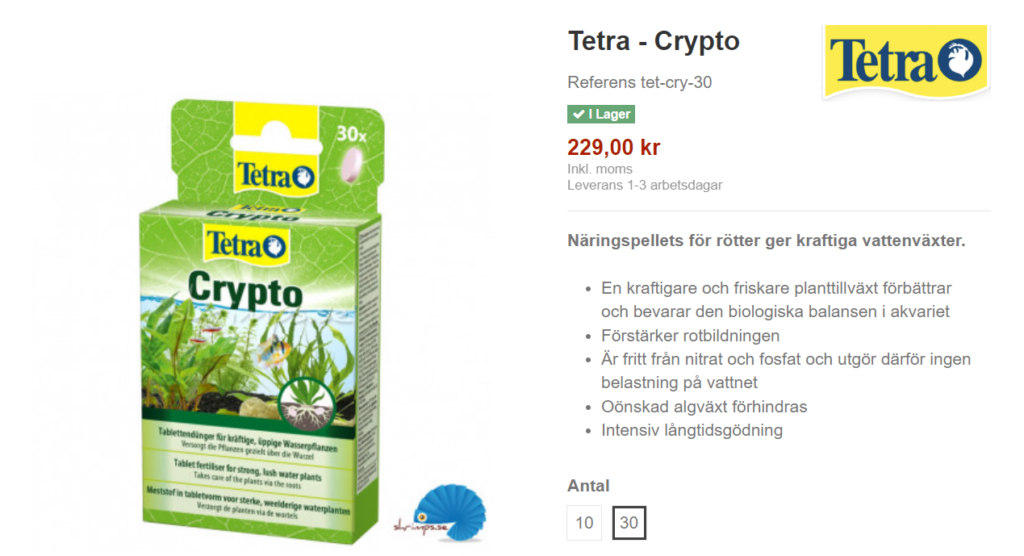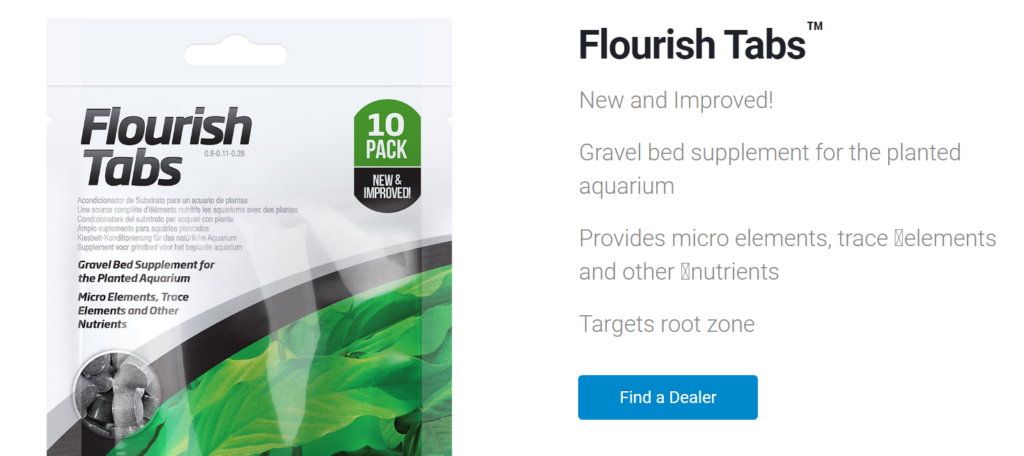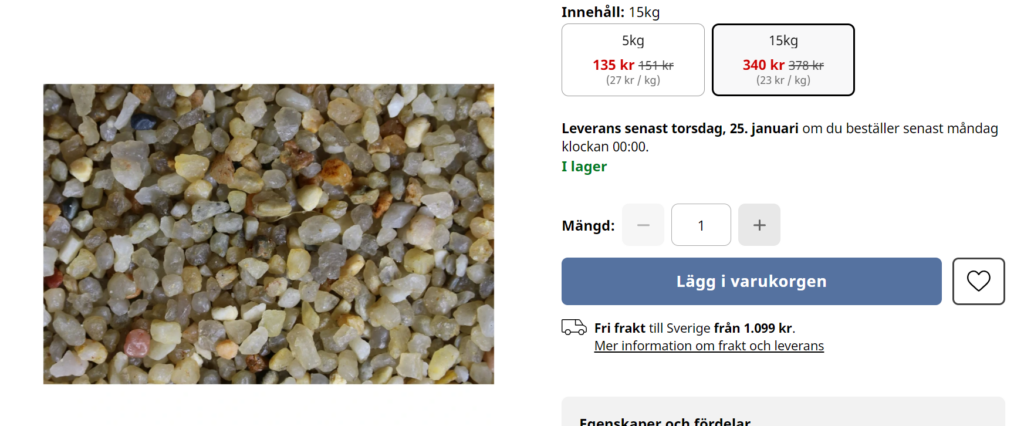

THE SUBSTRATE
The substrate must be organic potting soil with some kind of compost in it.
Mine had vermicompost (Maskkompost), and chicken manure compost (en blandning av hönsskit).
The soil should be 1 inch thick (ca 2,5 cm).
The cap should be 1 1/2 inch thick (ca 5 cm) for the best result, IMO, because the soil expands a lot in coming months.
Also the cap´s size should be 2-3 mm. If it´s too big the soil could leach out too fast. Sometimes you might have to add more caps if the soil taking over, layer get to thin. Keep an eye on that. If the cap too thin, the soil will leach out continuously and make the water brown all the time
If everything went right, the water should be clear from day one
On the first day while planting, the water could get cloudy if you disturbed the soil. Do a big whater change if that happens.
Try not to distrurd the substrate.
TEMPERATURE
I usually kept it at 26-27 degree
That was where everything did well.
If the temps are lower than that, the plants might not grow fast.
If the temps are higher than that, the plants might grow fast if they are already established,
but if the plants are not established, higher temps can make the plants stall. Also the livestock might
suffer at higher temps, especially the shrimps.
A heater is highly recommended. Also, a heater cover is a good idea so that the plants don´t get burned
LIGHT
I used both compact florescent light and sunlight.
You can also use regular florescent light.
I actually tried 3 different kind of light, and CFL was the best one so far.
If you use any other kinds of lights like LEDs, there´s a high chanse that
you´re gonna get algae.
I can´t stress enough on the use of CFL or florescent for the best result.
I was going by the 2-3 watts per gallon (4 liter) rule.
Also, a timer switch is a must for me, to control the duration.
It´s very convenient.

LIGHT DURATION
For the first 2 months, the light duration was 13 hours a day!
After 2 months, 12 hours a day.
Plants react to seasonal changes by light duration, darkness duration, and temperature. Plants grow faster during the summer, by simulating summer lights hours the plants grew much fatser.
But, you might say, what about algae? Bear with me…I will come to that.
LIGHT – SUNLIGHT
Giving real sunlight might give a huge amount of oxygen to the tank.
Sunlight is close to 100.000 lux, in the afternoon probably less.
Sunlight is not a must to keep this kind of setup.
I only gave 1-2 hours of sunlight maybe once a week.
sunlight can also be redirected to the tank with a mirror.
PLANT SELECTION
Plant selection is quite important for this kind of natural setup.
So, here are my list of plants that did well, and the Diana Walstad has talked about.
WALSTAD LIST:
Amazon swords, Crypts, Anubias, Wisteria, Hornwort, Frogbit, Ludwigias.
MY LIST:
-Valisnaria
-Dwarf hair grass
-Water sprite
-Salvania
-Duckweed
-Water lettuce
-Rotala
-Java moss
-Liverwort
-Ludwigia brevipes
-Waterweed
-Water nymph
-Narrow leafed anacharis
-Bacop caroliniana
There might be others that might also work.
Also, certain combination of plants might not do well, b/c might compete with each other. Kinda like lawn grass vs. dandelion.
If you´re going to keep livestock, floating plants are highly recommended.
Floating plants get all the CO2 they need from air, so they grow much better.
And, they help with the water quality a lot.
ABOUT ALGAE
How do you stop algae growth?
BALANCE!
If all four things are balanced, and the plants are growing fast, you will not get alage. If any one of the things are off, you might get alage.
Healthy and fast growning plants release chemicals to naturally protect themselves from algae.
When plants stall or grow slowly, it´s b/c something might be off, and the opportunistic alage will take over.
If you´re getting algae, I think ut´s because maybe there´s wrong or too much light, too much or too little nutrients, or too much or too little CO2.
In a Walstad method tank, CO2 is created by breakdown of organic compounds in the soil and the water column.

It had the wrong 9W LED light, too much DIY CO2, and too much nutrients from fish waste.
All I wanted was a moss tank with tetras.
Even if you give it sunlight, when everything is balanced, and the plants are healthy and growing strong, you won´t get algae.
But sunlight is too much light, and it can break the balance when given too much. That´s why I only gave it very sparingly and only once in a while.
MAINTENANCE
Simply put, your water will become brown.
If everything´s done right, it should become a lot browne once a week or so.
If it becomes a little brown, it´s ok.
If it becomes too much, do 50% water change. Repeat.
It will stop being brown around 3 month or so.
Balance is achieved around in 2 months.
Until then, you might or might not get algae. If you do, use magnetic algae scrubbers.
For water changes, I used a cup to gently remove and add the water.
When adding water, I lowered the botom of the cup first into the water, and released the water very gently.
If everything goes right, you can nearly neglect it, and the plants will take care of the tank themselves.
The only thing I did was feed the livestock, and did water changes here and there.
FINAL THOUGHT
PLEASE DO NOT ADD LIVESTOCK EARLY!!!
Unless you´re a seasoned aquarist.
Finally, I would like to say what I have explained barely scratched the surface of the book.
The book is not a fun read per se, but it really opened my eyes to the plants.
It´s really an amazing amount research she has put togheter.
And I think of it kinda like your grandma´s secret cookies recipe.
If you change one or two things, or leave out a thing or two, I don´t think the cookie would come out right 🙂

HUR MÅNGA FISKAR KAN MAN HA I ETT AKVARIUM?
I ett akvarium på 40 liter vatten kan du vanligtvis lätt ha sex till åtta fiskar så länge ingen av dessa fiskar är enorm.
Ett akvarium på runt 80 liter kan ha det dubbla antalet fiskar.
Försök blanda fiskar som simmar högt med fiskar som simmar lågt så kommer ditt akvarium kännas ordentligt
240 liter borde ge utrymnme till 36-48 fiskar.
40 liter = 6-8 fiskar
80 liter = 12-16 fiskar
120 liter = 18-24 fiskar
160 liter = 24-32 fiskar
200 liter = 30-40 fiskar
240 liter = 36-48 fiskar

So if you want to take it out, take it out.
You can clear up the yellow by putting charcoal in it, like charcoal in a bag or in an over-the-top filter.
The other way is to do water change.



